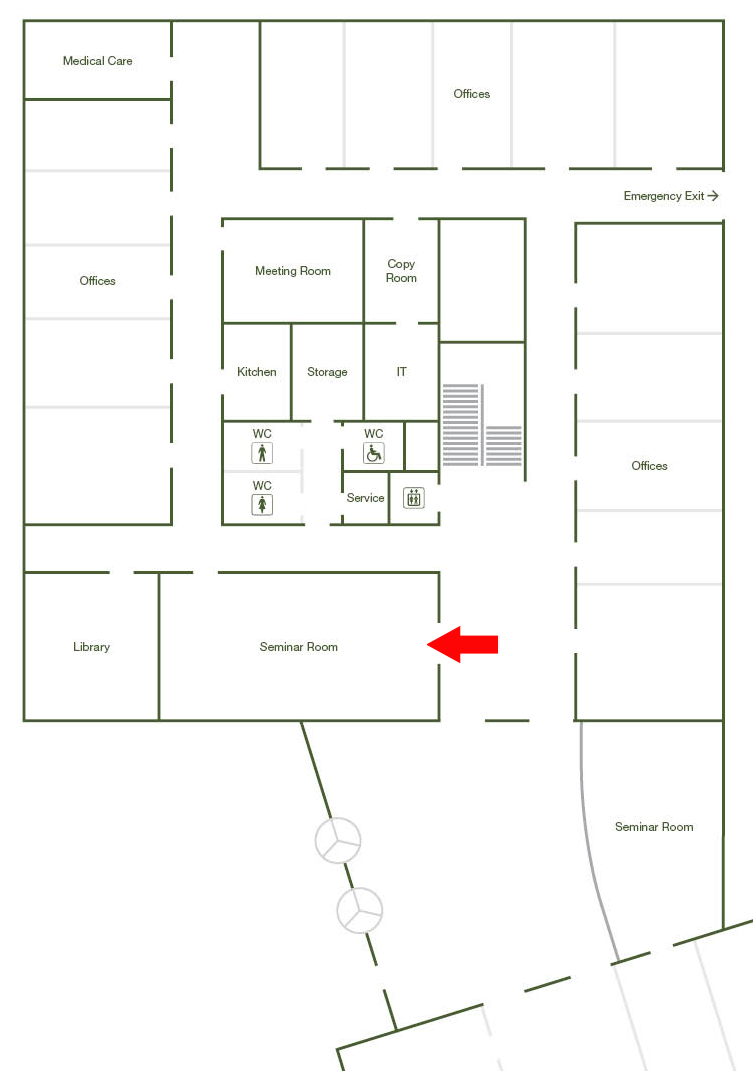Super-resolution microscopy for neuroscience: new approaches & applications

The advent of super-resolution microscopy has created unprecedented opportunities to study the mammalian central nervous system, which is dominated by anatomical structures whose nanoscale dimensions critically influence their biophysical properties and physiological functions. I will present our recent methodological advances 1) to analyze dendritic spines in the hippocampus in vivo; 2) to visualize the extracellular space (ECS) of the brain and 3) to reveal the morphological structure and molecular arrangement of adhesive structures and synapses in live cells at the nanoscale level.
We established chronic in vivo super-resolution imaging of dendritic spines in the hippocampus, based on an upright 2P-STED microscope equipped with a long working distance objective and hippocampal window to reach this deeply embedded structure. We measured spine density on pyramidal neurons in the CA1 area and determined spine turnover by repetitive imaging. Spine density was two times higher than reported by conventional 2P microscopy, and around 40% of all spines turned over within 4 days, indicating a high level of structural remodeling of synaptic circuits in a brain area closely associated with memory functions.
We combined 3D-STED microscopy and fluorescent labeling of the extracellular fluid to develop super-resolution shadow imaging (SUSHI) of brain ECS in living brain slices. SUSHI enables quantitative analysis of ECS structure and at the same time produces sharp negative images of all cellular structures, providing an unbiased view of unlabeled brain cells with respect to their complete anatomical context in a live tissue setting. As a straight-forward application of super-resolution microscopy, SUSHI represents a paradigm shift in cellular bio-imaging because it enables panoramic imaging of complex biological tissues with nanoscale spatial resolution.
Current super-resolution microscopes are proficient at collecting either single molecule or morphological information, but not both. I will present a new super-resolution platform that permits correlative single molecule imaging and STED microscopy in living cells. We demonstrate that this multi-modal approach can give access to both kinds of data by revealing on a nanometer spatial scale protein localization and dynamics and cellular morphology using dendritic spines and growth cones of primary neuronal cultures as experimental preparation.